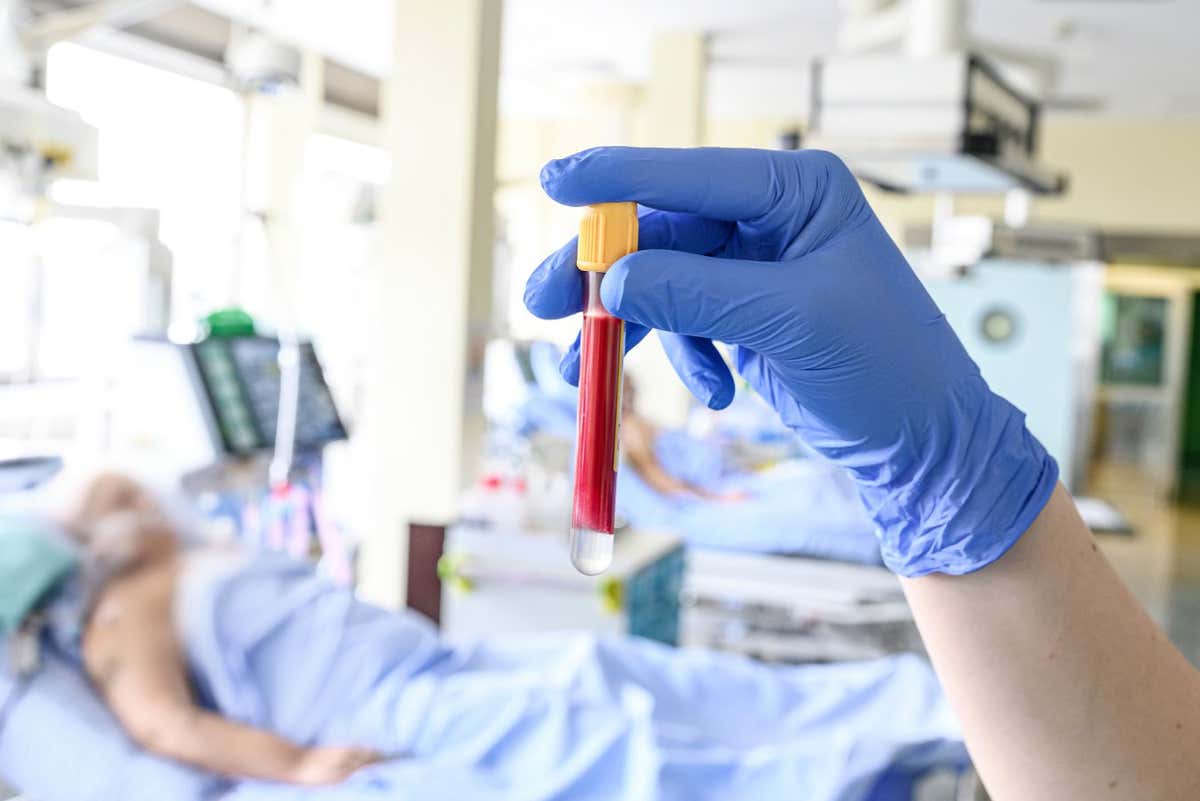Blood
Simple blood test tweak could make intensive care treatment safer
Standard blood collection tubes withdraw up to 6 millilitres of blood for tests in intensive care
Pirke/Shutterstock
Using smaller vials to collect blood samples from people in intensive care could help to prevent risky transfusions. The simple change could lower the risk of complications and preserve valuable supplies of donated blood.
Most hospitals around the world use standard blood collection tubes, which withdraw 4 to 6 millilitres of blood, when carrying out tests on people in intensive care units (ICUs). But most of these tests – which check organ function, clotting and respiratory health – require less than 0.5 millilitres of blood.
With multiple blood samples often being taken from people in ICUs every day, unnecessarily large samples can lead to substantial blood loss and anaemia.
Advertisement
“After eight days in intensive care, the amount of blood loss is equivalent to donating a unit of whole blood [around 400 millilitres],” says Deborah Siegal at the University of Ottawa in Canada. “Unlike healthy blood donors, ICU patients are [often] unable to produce more red blood cells to correct for this blood loss.”
Roughly 40 per cent of people in intensive care need blood transfusions, often due to their illness or injuries. Taking unnecessarily large blood samples on top of this adds to the need, says Siegal.
Transfusions involve donated blood being administered into a person’s veins, which is expensive, relies on limited supplies of donated blood and carries the risk of allergic reactions and infections. “Transfusions are a scare resource with known harms and cost,” says Siegal.
To help combat this, Siegal and her colleagues looked at more than 27,400 adults who had been in intensive care for at least two days at 25 ICUs across Canada.
For the first six weeks of the study, all of the units used standard test tubes to collect blood samples. Every six weeks thereafter, two of the units switched to using vials that collected between 1.8 and 3.5 millilitres of blood.
By analysing the number of transfusions given, the team found that switching to smaller vials could prevent one transfusion for every 10 people in intensive care, compared with using the standard tubes.
This amounted to saving about 1500 units of blood over the study, which lasted nearly two years, says Siegal. Transitioning to smaller tubes also seemed to reduce the risk of anaemia, she says.
The smaller tubes didn’t affect the quality of the blood tests carried out, says Siegal. They are also commercially available and “have the same cost and physical size as standard-volume tubes, so can be used with the same lab equipment”, she says.
Topics:

